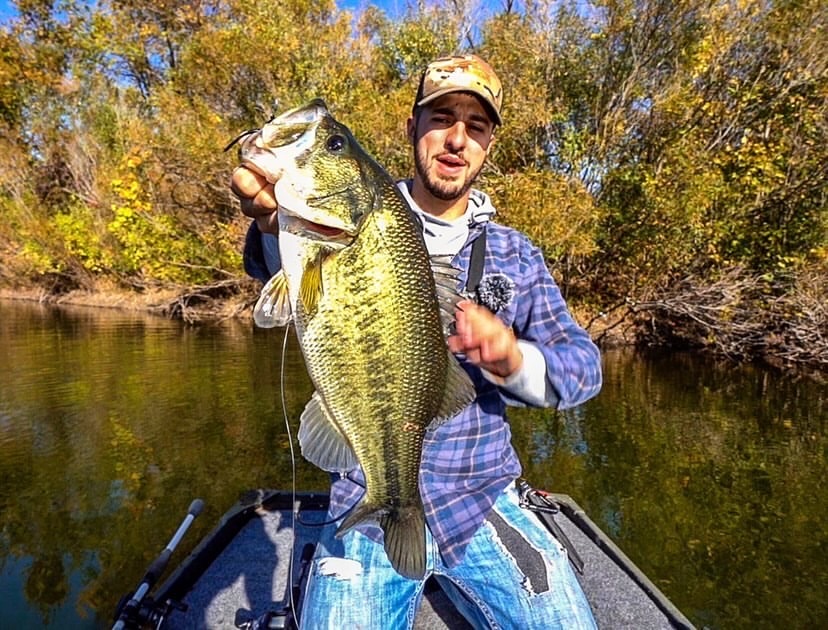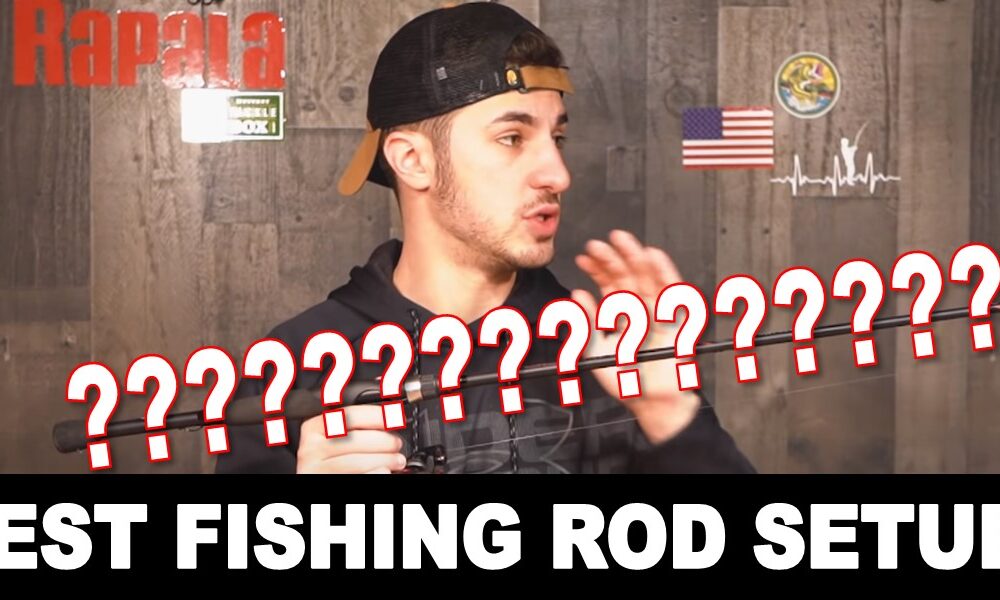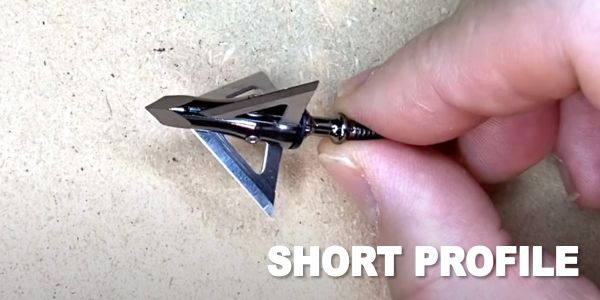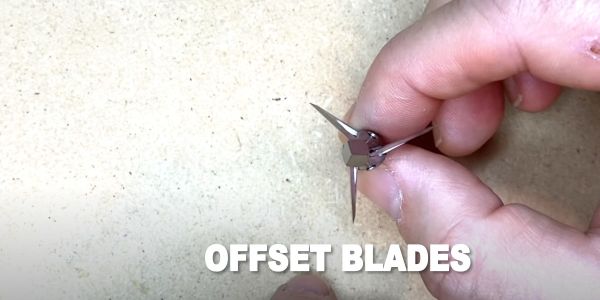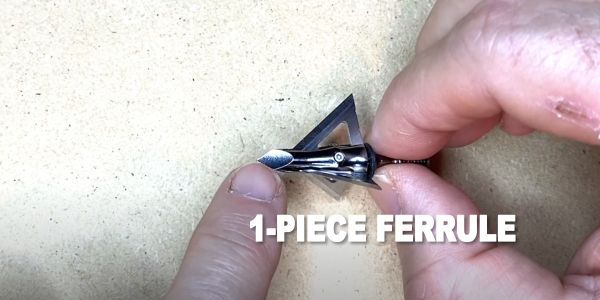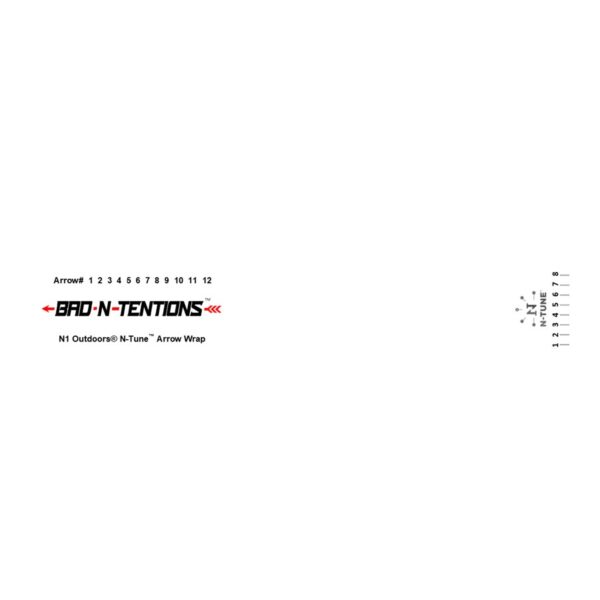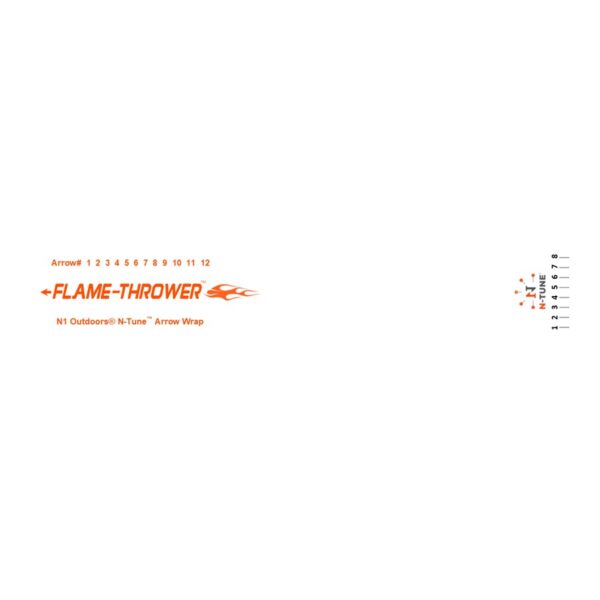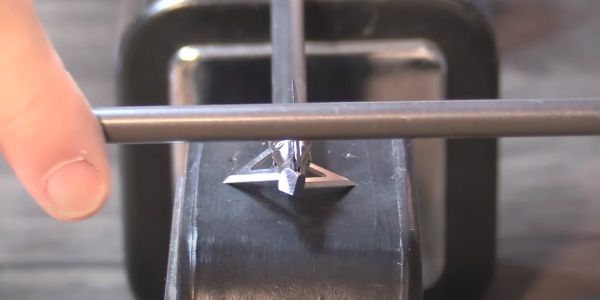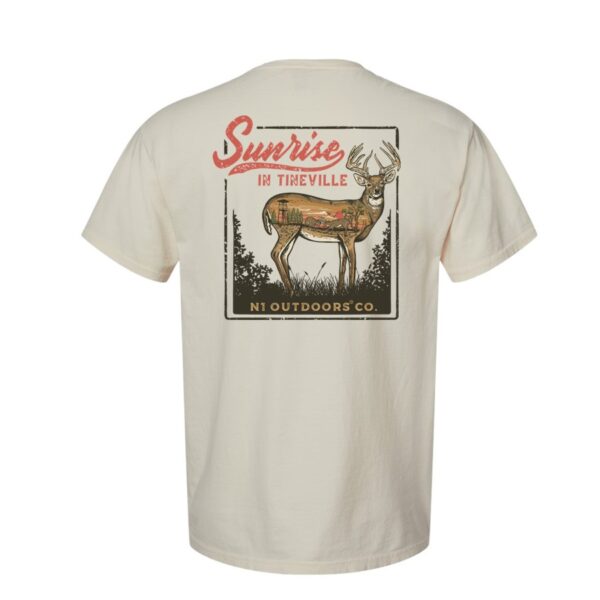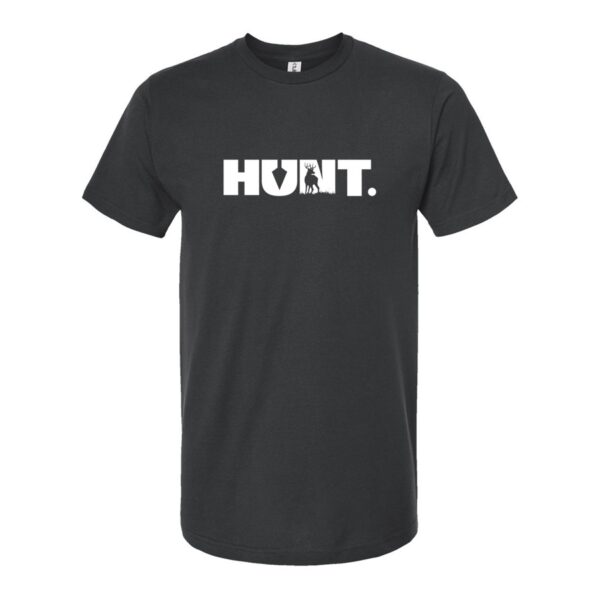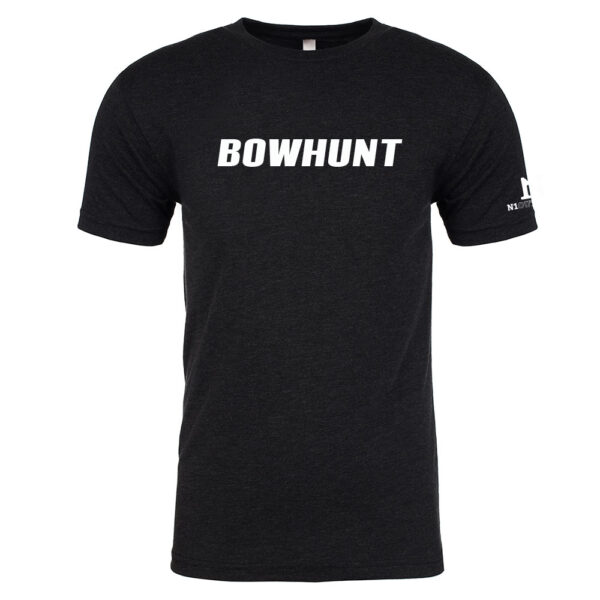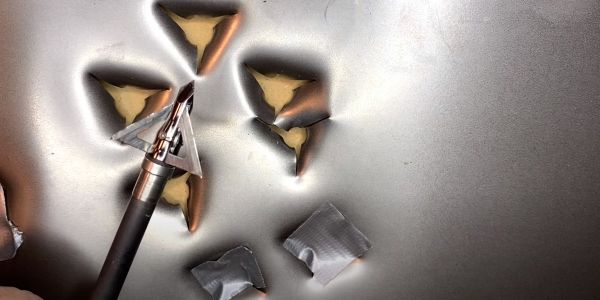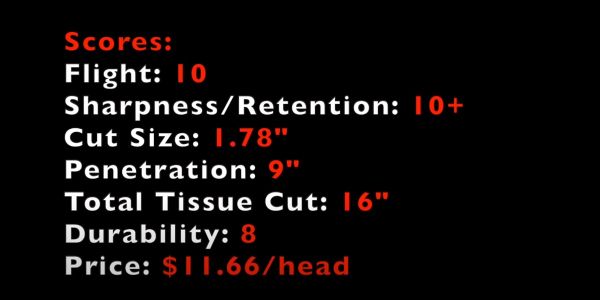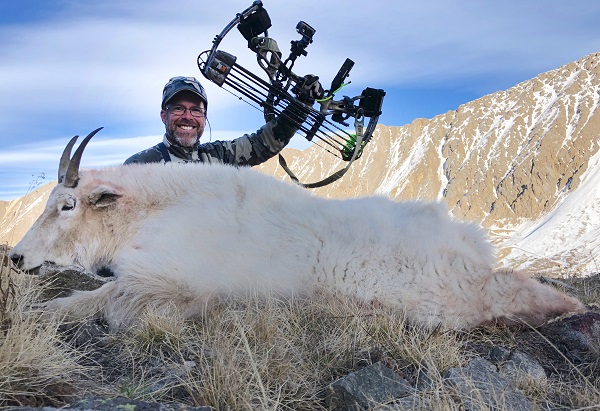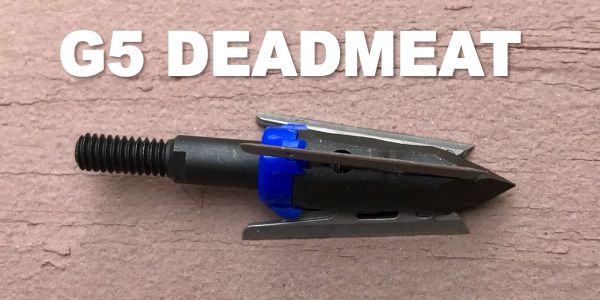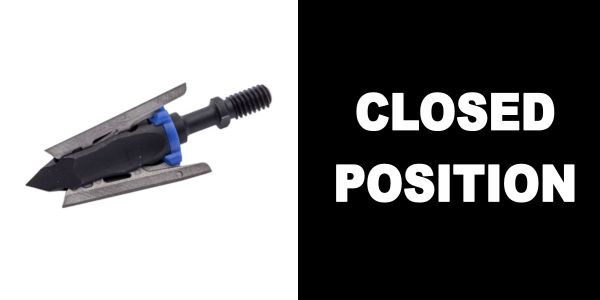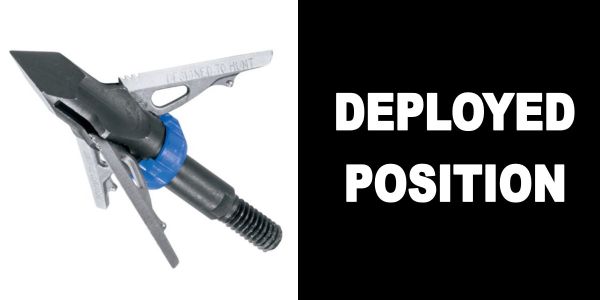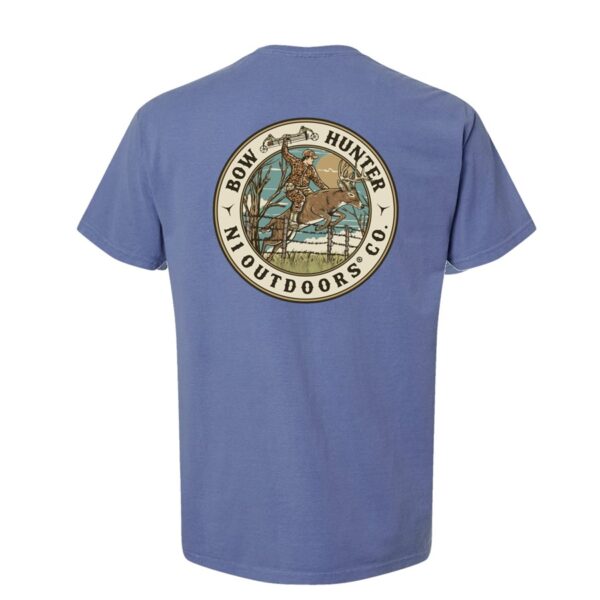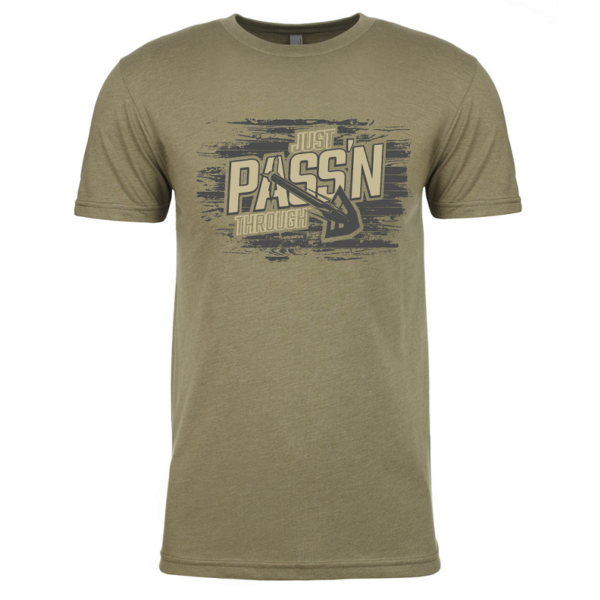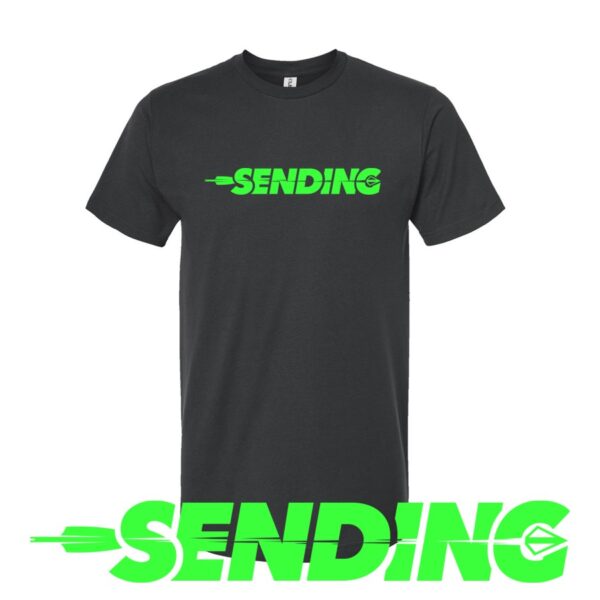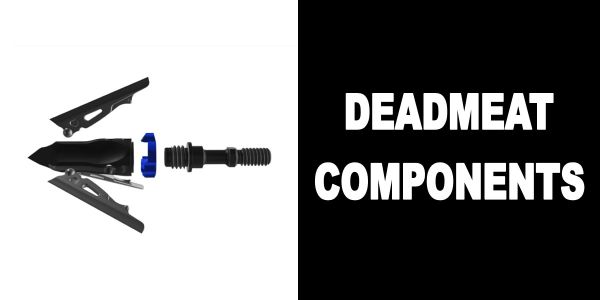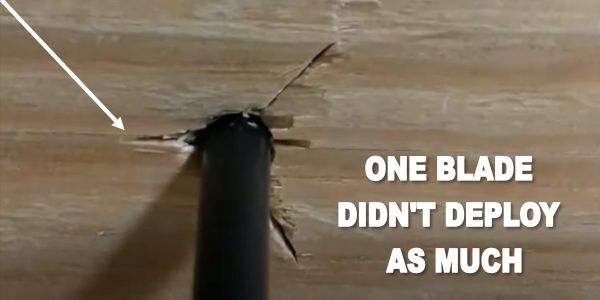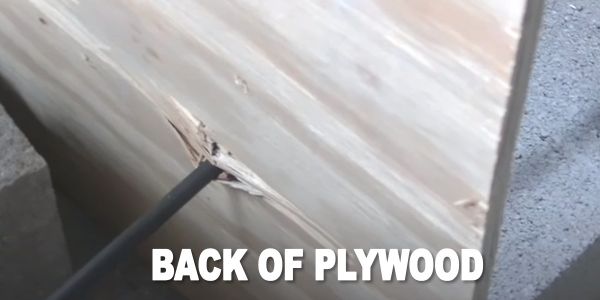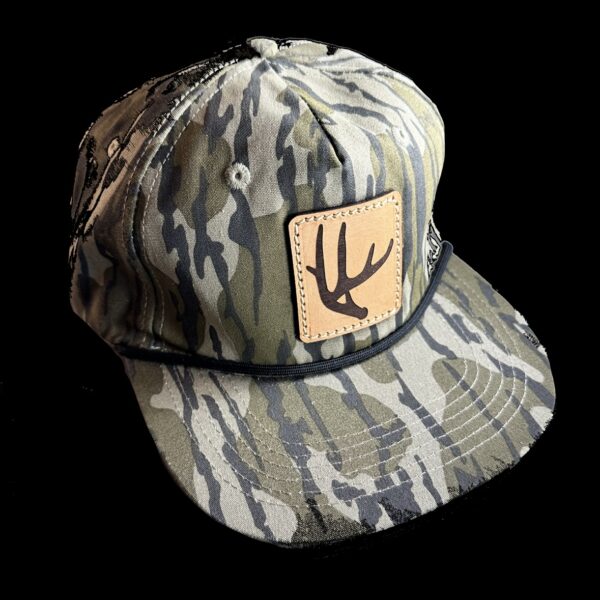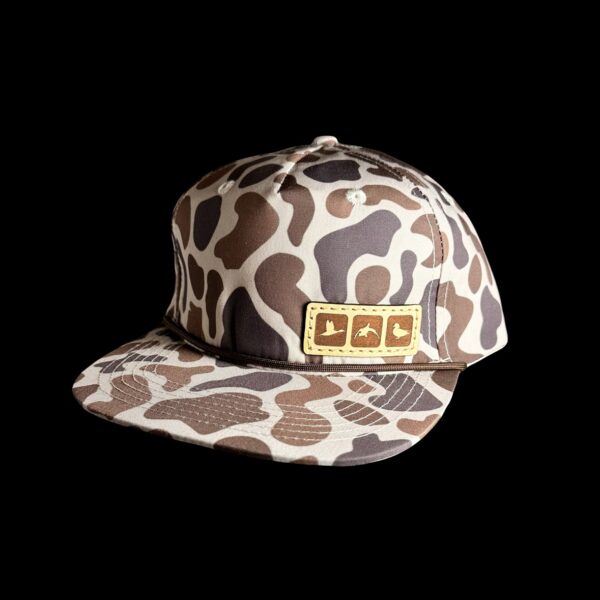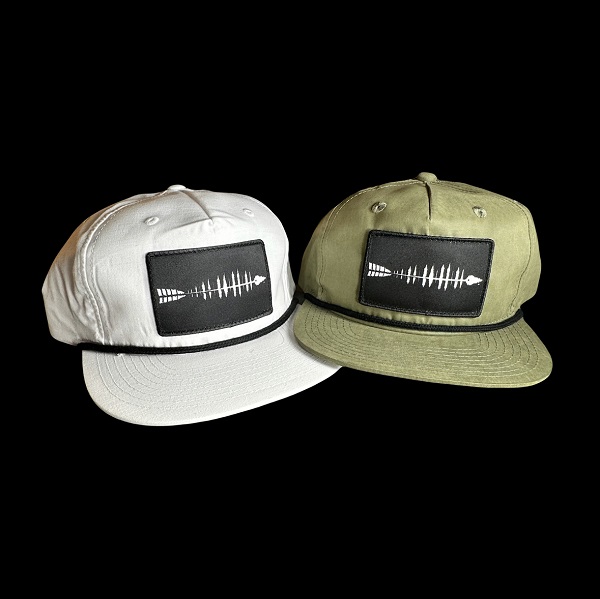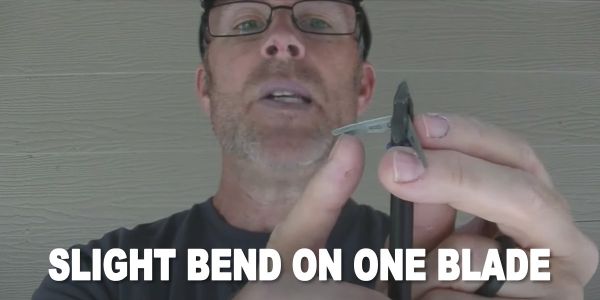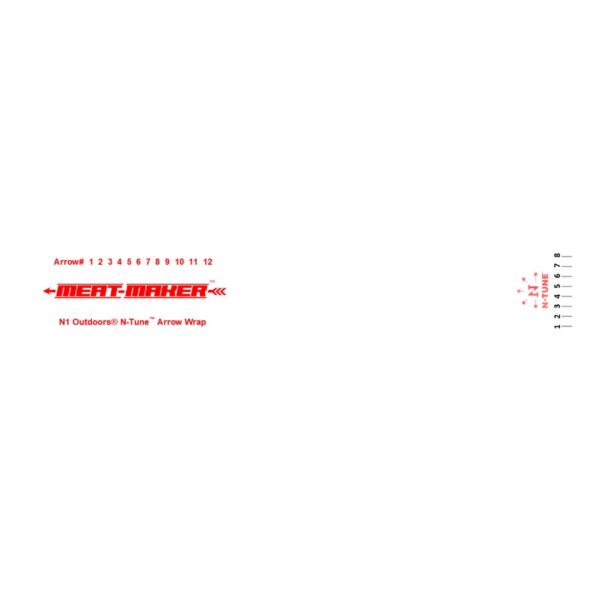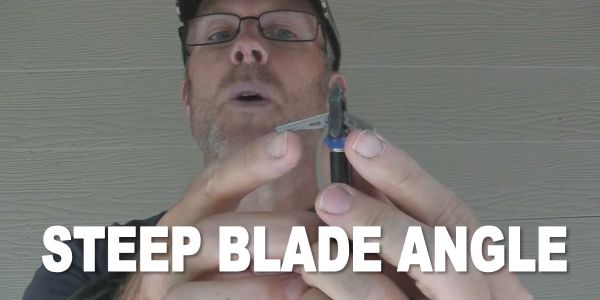When I used to work at a sporting goods store I used to get asked this question a lot:
“What is the overall best type of fishing rod that I can use for any type of fishing?”
When I was working at this store, the people that were coming in looking to buy something weren’t die-hard fishermen. They weren’t guys looking for a million different setups. And, they weren’t looking for reasons why they should buy an expensive setup.
All they really wanted was a rod to get out there and fish from time to time, and they wanted it to be logical and of decent quality.
So, I want to walk you through a specific rod setup that should allow you to fish for whatever you want.
This is going to be a rod and reel combination based on size and power. That way, you’ll be able to get out there, and just fish a pond or whatever it may be with the same setup.
-
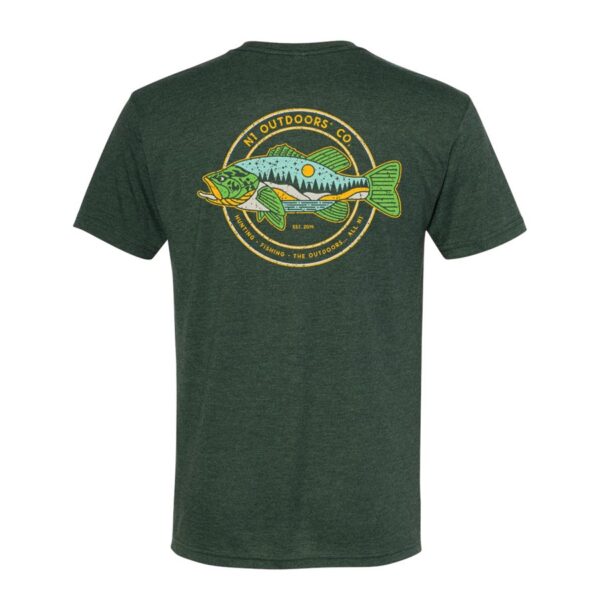
N1 Outdoors® Fishscape™ Outdoor Tee
Price range: $28.99 through $32.99 Select options This product has multiple variants. The options may be chosen on the product page -
Sale!
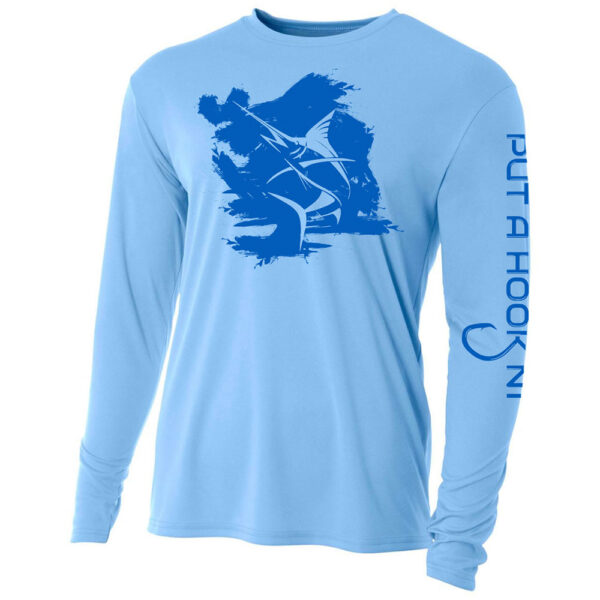
Put a Hook N1™ UPF30 Marlin Performance Fishing Shirt (Lt Blue)
Original price was: $34.99.$9.00Current price is: $9.00. Select options This product has multiple variants. The options may be chosen on the product page -
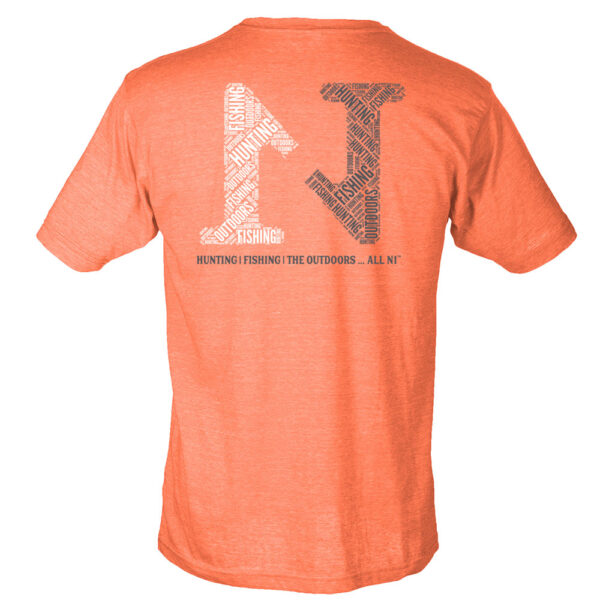
N1 Outdoors® Word Cloud Tee (Heather Orange)
Price range: $22.99 through $28.99 Select options This product has multiple variants. The options may be chosen on the product page
Best Fishing Rod setup | Rod and Reel Specifics
The rod that you will want to use in this setup is a 6’6” to a 7-foot, medium-action rod. You can certainly go medium-heavy if you want, but medium is usually a good all-around size rod to be able to handle the majority of fish you would catch.
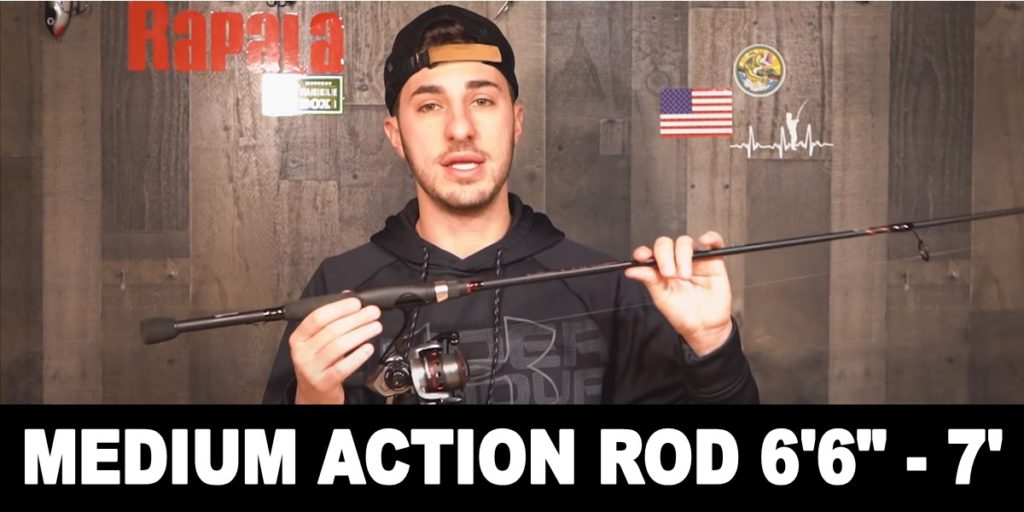
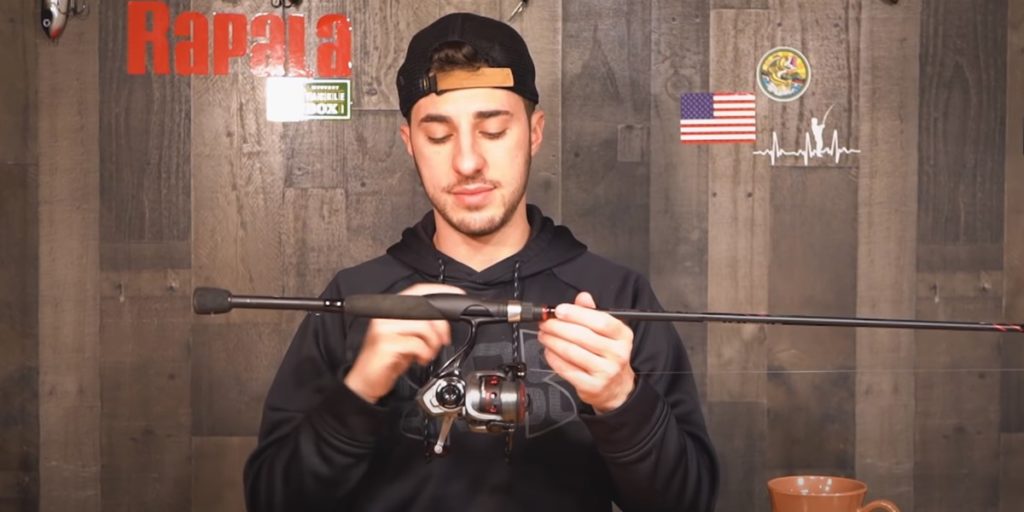
Along with a rod of this size, I would recommend a 2500 to a 3000 size reel.
If you aren’t sure what those numbers mean, simply look on the reel. It will often say 2500 or 3000, or it may just have like a code name with some letters and after it, it’s going to say “30” or “25”, that way you’ll know what size it is.
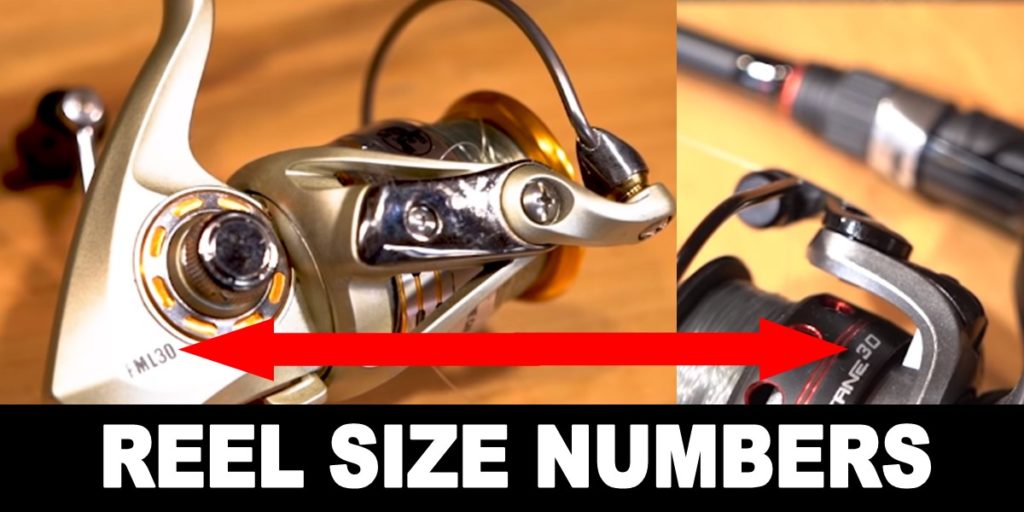
These reels are going to allow you to hold an 8 to 10-pound test line, or even 15. And, if you guys are going to use braided line, they can hold up to 25-pound, 30-pound braid. So, it’s going to be a good size spool to have enough line to use the lures you need and catch the fish you want to catch.
Why Not Baitcasters?
So, why did I not recommend a baitcaster? Well, baitcasters can be complex, and it takes some skill and practice to use one.
However, a spinning reel will allow you to fish the majority of baits without much trouble. Most people are able to quickly learn to cast one of these and it’s just a good size rod to have all the time.
In addition, this size rod comes in one-piece as well as two-piece variations.
This type of setup is what I grew up learning to fish with initially; just a medium spinning rod that allowed me to fish for just about everything.
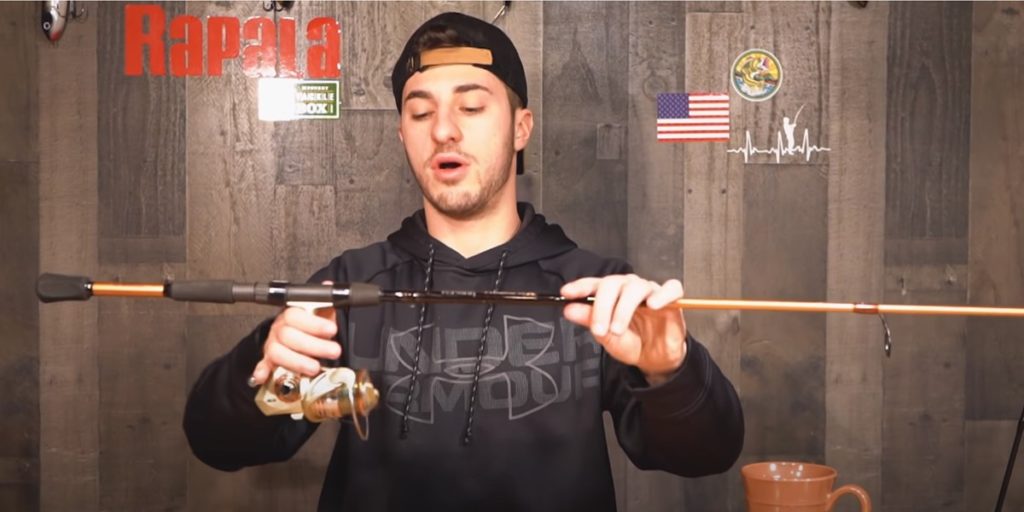
Now, some may say, “Oh, you can’t catch giant catfish or carp on those size rods because they’re going to break it.”
My answer to that is, you absolutely CAN.
Use some braided line, make sure you set your drag correctly and have a strong knot tied, and as long as you know how to angle that fish correctly, I can guarantee you you’ll get it to the shore or into the boat.
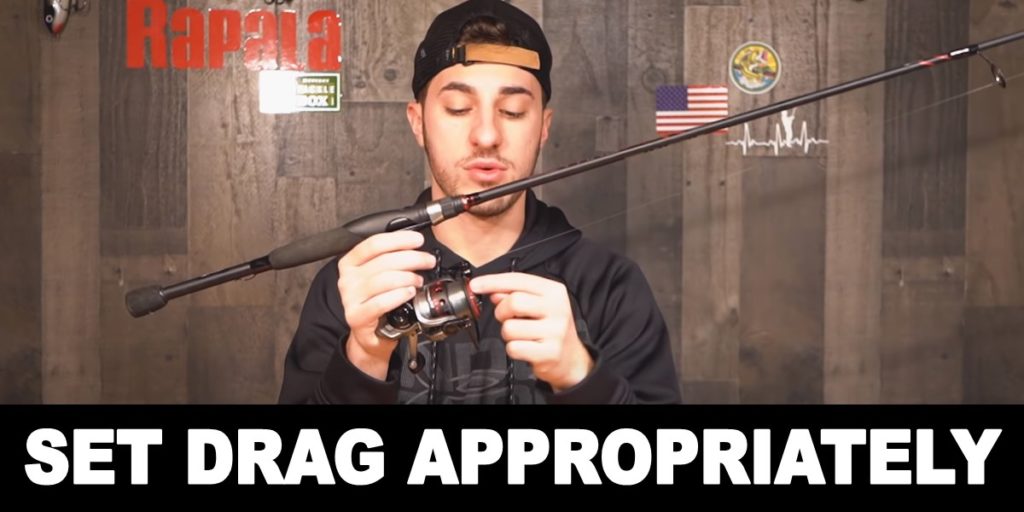
-
Sale!
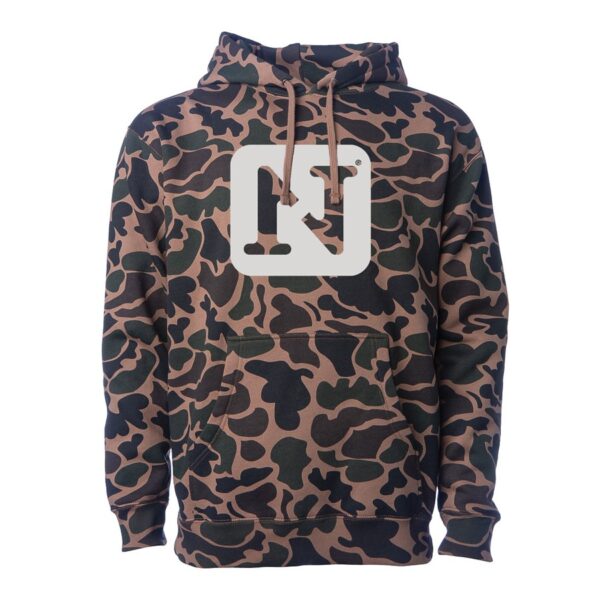
N1 Outdoors® Duck Camo Block Logo Heavyweight Hoodie
$34.00 Select options This product has multiple variants. The options may be chosen on the product page -
Sale!
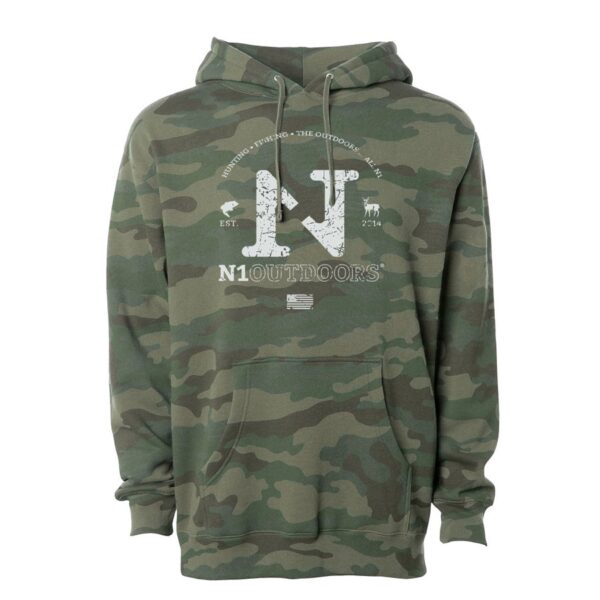
N1 Outdoors® Est. 2014 Forest Camo Heavyweight Sweatshirt Hoodie
$34.00 Select options This product has multiple variants. The options may be chosen on the product page -
Sale!
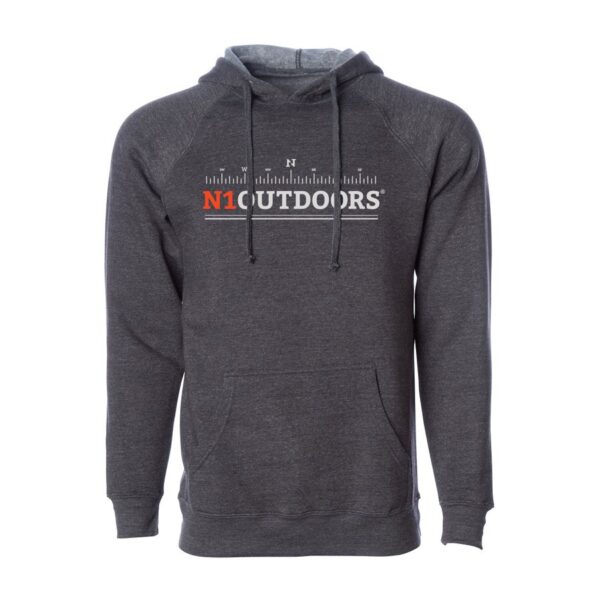
N1 Outdoors® Compass Pullover Hoodie
$34.00 Select options This product has multiple variants. The options may be chosen on the product page
Final Thoughts On The Best All-Around Fishing Rod
So there you have it. That’s really all you need to know about what the best all-around fishing rod setup is.
I hope I gave you enough information on the best all-around fishing rod setup. This rod size and reel size combo is fairly inexpensive and it’s going to be a fishing rod you can keep in your car or in your house… perfect for the everyday angler.
So, whether you’re fishing on the weekends, or riding your bike around pond to pond; bass fishing, crappie fishing, or even looking to hook into a big catfish, it’s going to be an affordable and good-size setup to do everything you need to when it comes to fishing (well, maybe not shark fishing!)
I hope you put a hook N1!
